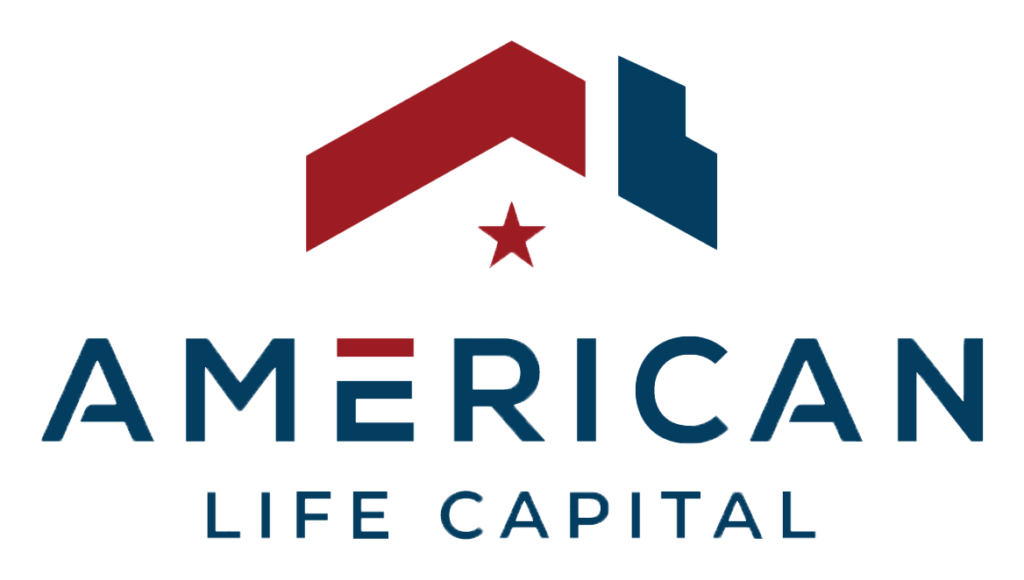
Among the myriad advantages offered by Real Estate Investing (REI), one key benefit often overlooked is the potential to defer taxes (in traditional retirement accounts) or to pay taxes upfront, allowing money to grow and be distributed tax-free later (in Roth retirement accounts). This raises the question: how can one leverage real estate investment within the framework of a tax-advantaged retirement plan? Today, we aim to shed light on this subject. However, please be aware that tax laws are subject to change, and each retirement account custodian may have varying requirements, so consulting with your CPA before making decisions is essential.
Self-Directed IRA (SDIRA):
The Self-Directed IRA stands out as perhaps the most straightforward and popular method for investing in real estate within a tax-advantaged account. With options for both traditional and Roth accounts, there’s likely a choice to suit everyone’s preferences. Self-directed IRAs allow investors the freedom to invest in a range of assets, including real estate, unlike traditional IRA accounts that often limit investments to the stock market. When opening such an account, it’s crucial to understand the level of investment freedom granted by the custodian and whether the Unrelated Business Income Tax (UBIT) might apply to your real estate ventures. Despite the label “self-directed,” custodians may impose requirements that investors must meet when selecting investments. Therefore, it’s vital to clarify how easy it will be to invest in your chosen types of assets. For example, you can inquire about the criteria a multifamily syndication must meet to qualify for investment with this account. Additionally, UBIT is a tax typically imposed on IRA investments involving leverage (debt from a lender). Discussing this tax with a CPA can offer clarity regarding its impact on your investment strategy.
Solo 401(k):
Another common retirement account suitable for real estate investment is the Solo 401(k), also known as a qualified retirement plan. Structured similarly to employer-offered 401(k) plans but tailored for individuals who own their own businesses, Solo 401(k)s offer higher contribution limits, more flexibility, and exemption from UBIT on invested funds. While setting up these accounts may incur higher costs initially, the absence of UBIT and fewer ongoing fees can potentially offset these expenses.
In Summary:
Many investors inquire about investing in our real estate projects using tax-advantaged accounts such as SDIRAs or Solo 401(k)s. The synergy between real estate investment and tax-advantaged accounts is a compelling prospect that warrants exploration in financial planning. Some individuals also wonder if they can transfer funds from their employer’s 401(k) to these real estate investment-friendly accounts. This possibility depends on the rules of the employer’s 401(k) custodian, which may prohibit fund transfers until employment termination. However, exploring this option is worthwhile, considering the potential benefits. Additionally, some custodians permit loans of up to $50,000 at low interest rates, which could be utilized for real estate investment purposes. While circumstances and opportunities vary, we hope this article prompts thoughtful questions whose answers can propel you further along your real estate investment journey.

No Offer of Securities—Disclosure of Interests. Under no circumstances should any material at this site be used or considered as an offer to sell or a solicitation of any offer to buy an interest in any investment. Any such offer or solicitation will be made only by means of the Confidential Private Offering Memorandum relating to the particular investment. Access to information about the investments are limited to investors who either qualify as accredited investors within the meaning of the Securities Act of 1933, as amended, or those investors who generally are sophisticated in financial matters, such that they are capable of evaluating the merits and risks of prospective investments. Copyright © 2024.
Keep Updated: Stay in the loop with our latest news and updates. Subscribe now by entering your email address below.